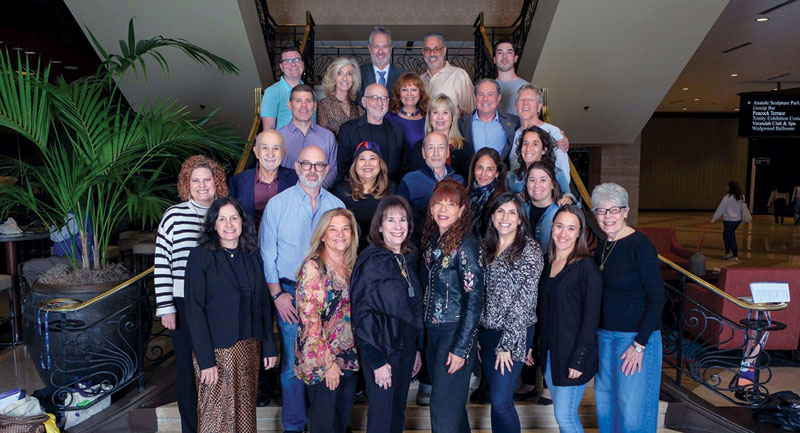
The U.S. labor market works generally on the law of supply and demand. When the unemployment rate is low, and businesses are hiring, employers generally hike wages to attract the workers needed to fill their open jobs. Even with the jobless rate at 3.9 percent in July, and more than 6.6 million job openings, wages are increasing at a relatively slow pace, just 2.7 percent over the past 12 months.
So, why aren’t businesses paying more to get the skilled workers they say they need right now? For some answers, I turned to two economists: one on the East Coast — William Rodgers, chief economist for the Heldrich Center of Workforce Development at Rutgers University in New Brunswick, N.J.; and one on the West Coast — Chris Thornberg, founder of Beacon Economics in Los Angeles.
Rodgers said there are definitely jobs that are going unfilled because employers can’t find the workers they want with the right skills. Historically, he said, you would expect to see wage growth to be above-average because of the skills gap, but the talent shortage isn’t having much of an effect yet on overall wages because there is still some slack in the workforce. There are millions of Americans out of work, working part-time but wanting full-time work, or out of the labor pool all together.
“Wage growth has not been as strong as it has been in the past,” Rodgers said. He pointed to pockets of the country where the jobless rate remains between 5 percent and 6 percent, compared with the national average of 4 percent. “The need for workers isn’t even strong enough to induce employers to move people from being part-time to full-time,” Rodgers said. The net effect is that, in these areas, there are more jobseekers than jobs. Employers don’t have an incentive to raise wages to find the people to fill vacancies.
Thornberg believes the workforce problem actually is that we’re in the midst of a labor shortage because of the large number of baby boomers retiring. “While the millennials are the biggest generation ever, they’re only about 2 percent larger than the boomers,” Thornberg said. “So now you have a situation where every time a boomer retires, there’s basically just 1.1 millennials coming into the labor force.”
“If you want to have good people, you’re gonna have to train them.” — Chris Thornberg
There are not enough workers to go around, he said, and “there’s no doubt that the people who are left on the outside looking in are those who are least skilled.” Low skills generally translates into low pay. Employers don’t need to raise wages to entice workers into jobs. Having an unskilled workforce may keep payrolls low, but it also creates a problem for businesses that want to fill some jobs and want to grow.
“Six years ago, this was a great labor market for employers,” Thornberg said. “There were lots of people out there. The unemployment rate was high, which meant it was relatively easy to sit back and just let qualified people walk in your door. Now we live in a time period when, if you want to have good people, you’re gonna have to train them.
“It’s actually a fantastic opportunity for a lot of those unskilled people, because they’ll have the opportunity to get jobs where the jobs will provide them with training that will help them in the short run, but also help them in the long run,” Thornberg said.
Rodgers said employers in need of good workers would have to respond and start raising wages to compete for these newly skilled workers and that would also increase labor participation. “Someone who’s sitting on the sidelines is now saying, ‘Whoa. That wage is now being increased and the prospects for that job also look good,’ in terms of getting in and being there for some time.”
Ramona Schindelheim is the senior business correspondent and executive producer for WorkingNation, reporting on jobs, the future of work and innovations/solutions to solving the skills gap. Follow her on Twitter at @RamonaWritesLA.























 More news and opinions than at a Shabbat dinner, right in your inbox.
More news and opinions than at a Shabbat dinner, right in your inbox.